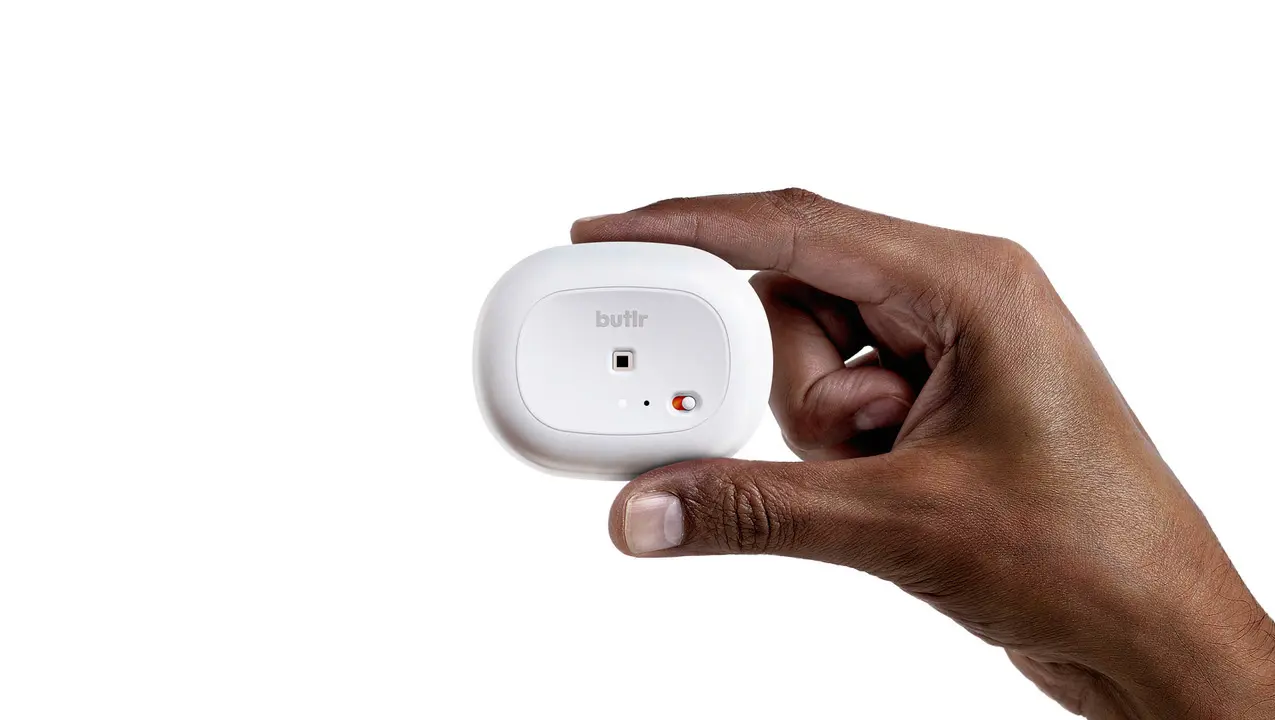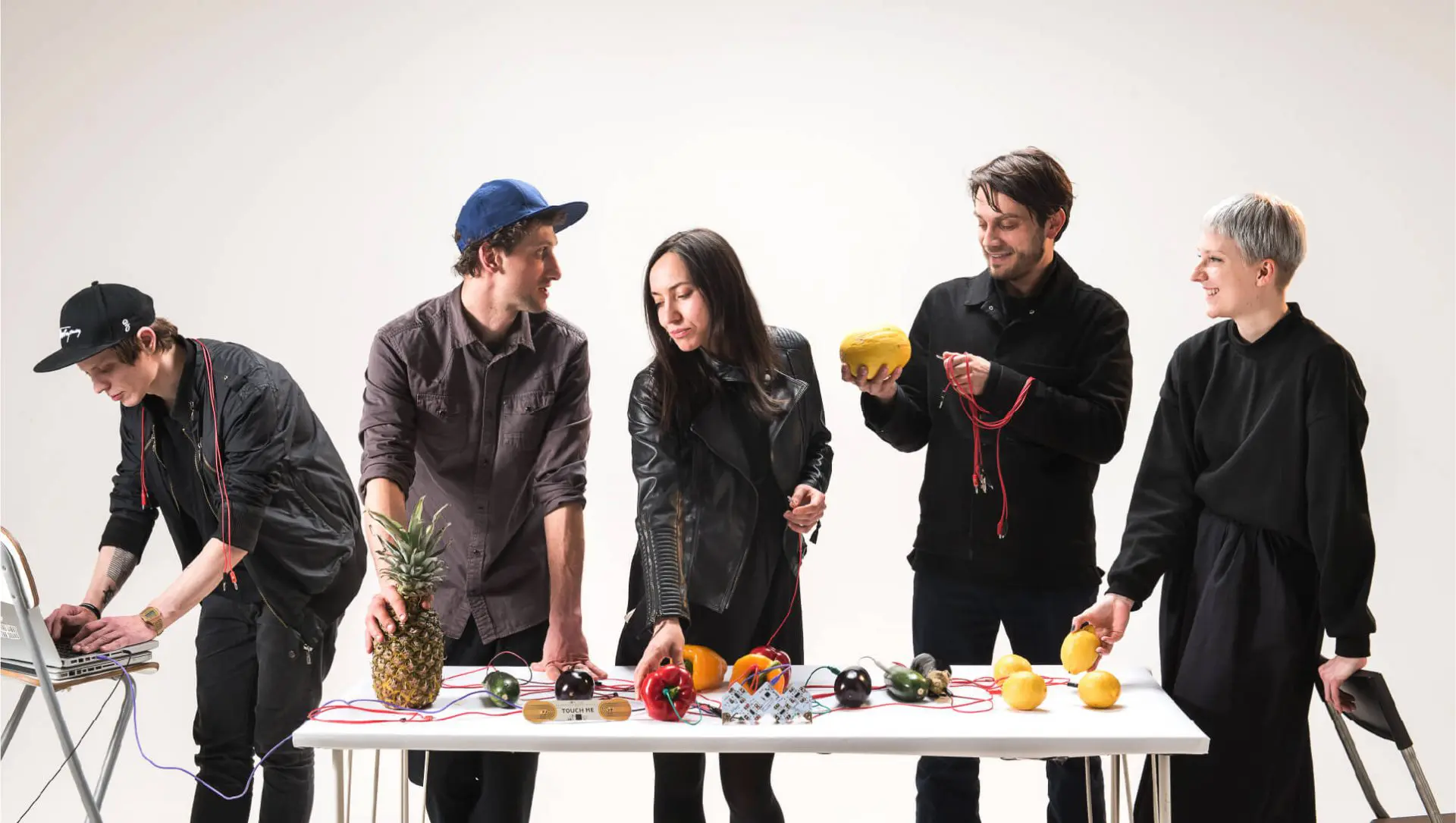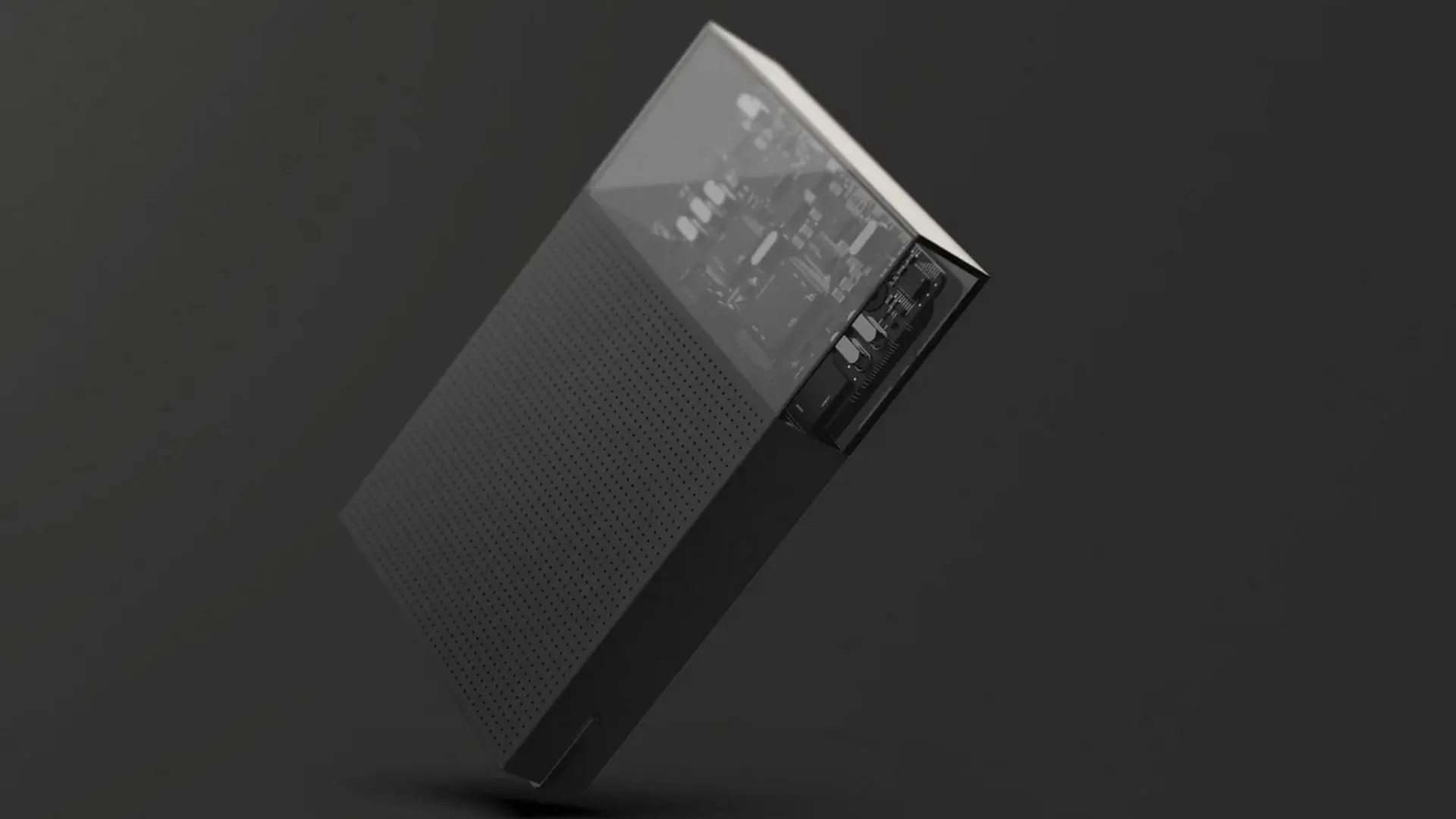6 tech experts share their predictions for 2022

We asked industry insiders to forecast up-and-coming tech trends and their responses were illuminating—from phygital workspaces to futuristic tourism in light of Mark Zuckerberg’s Metaverse concept.
‘The gamification of fitness will let you cash in on calories burnt’ says Jo Barnard, Founder and CEO, Morrama
“With Nike creating its own metaverse-like world in Roblox, I’m expecting to see more health and fitness brands blending physical and digital realities. For example, we worked with Quell to develop the world’s first fitness console and self-contained gaming platform that combines controllers and a wearable resistance system to create an effective workout whilst immersed in the world of RPG Gaming. Sooner rather than later, users will be able to monetise the data they produce during workouts and cash on those calories.
Taking the ethos of digi.me subscription model and combining it with fitness tracking equipment, consumers get both incentives and progression motivation. This route could become a part of a standard gym membership, or even the wider fitness industry can get involved with the rewards schemes. People can generate their own health NFT, and the more data they track and are willing to share, the more valuable the NFT becomes.
Avatars are used in the metaverse and gaming, with some people even building a digital translation of their human-self, whilst others do quite the opposite. But what if this wasn’t so random and the data that exists is used to build a true digital blueprint of us? And what if this digital ‘me’ shows how we could look if we followed a certain diet or a workout plan?
Visualising who we want to be is not a new concept, so if this image could be painted a little clearer people may be more likely to pursue this. It could be updated in real-time based on the output of the individual and the data collected from their smartwatch. It will be a useful tool in the world of motivation and fitness and could also show the pros and cons of people’s unhealthy habits before it’s too late.”
Intrigued by the words of Morrama’s CEO? Head to Challenging the market and consumer perceptions – Morrama’s sustainable minimal products
‘Tech will be timeless and built to last’ says Rowan Williams, Creative Lead, FLUX, Panasonic Design
“As we reflect on the pressing needs of people and the planet, it is imperative that as creatives we reflect on our own activity to better the solutions that we are delivering. I sincerely hope that in 2022 and beyond, we can focus on how we can break the pattern of “timely trends” to create more timeless solutions that have longevity ingrained within them eliminating this desire we all have of needing something “new”. There are no poetic two word-ers needed to capture this trend, simply how can we all take creative responsibility to deliver on humanity and the planet’s growing demand to create things that are more considerate to one another’s needs.
Panasonic’s visionary Balance of Being solutions developed in 2019 in collaboration between our R&D and Creative teams continues to be a showcase for how we see consumer technology shifting over the next year and beyond; technology that is built to last, understand and grow with you over a lifetime – all of which is living in a product with more considered material selection and aesthetic. We see these solutions being developed with a truly more sustainable value at its heart and a greater focus on building these experiences so that people have a greater emotional connection with them, in turn encouraging greater behaviour of care and product longevity to reduce the issue of waste and its consequences.
Let us sincerely hope that given our learnings over the recent past and our understanding of the pressing needs we must take to protect our future, 2022 sees the beginning of this thinking start to build its foundations and beyond.”
‘Remote working will demand investment in seamless technology’ says Simen Teigre, CEO and Founder, Neat
“We can expect to see more open and collaborative spaces, enabling time spent in the office to be as productive and sociable as possible, striking a balance between remote and office working. The office of the future will be more of a place of collaboration than it was in the past. Gone are the days of sitting at your desk all day – moving forward, if you’re in the office, it will be to engage and collaborate with peers. As a result, businesses will put a greater focus on creating more meeting and huddle rooms to foster discussion and innovation.
Of course, to accommodate a partially remote workforce, these spaces need to be equipped with technology that seamlessly connects office and remote workers to drive collaboration. Another consideration businesses should take in deploying a video system is the idea of inclusivity. When everyone worked from home, we all got used to seeing everyone else up close on screen.
But when some people are in a meeting room and others are at home, it can be impossible for the remote participants to see and hear everyone in the meeting room equally. To solve that, employers must think about video conferencing setups and tools which restores the balance between people in a meeting room and those who are remote, by individually framing each in-room participant so everyone can be easily seen and heard.”
‘Remote medical care will cater for an ageing population’ says Honghao Deng, co-founder, Butlr
“The trends that we foresee within technology for health / senior living are that there will be an increasing acceptance of an ability to deliver more services at home, through virtual care, and remote monitoring.
With an ageing population in most Western countries that wish to stay active longer coupled with persistent staffing shortages, technological solutions will become more widespread to assist in enabling seniors to age in a dignified manner. For example, we are looking at technology that is affordable, and also preserves the privacy and dignity of our fellow humans and that does not involve constant engagement from the elderly – like most wearable products do.
Moreover, technology will be able to deliver a truly personalised health care provision for seniors in care homes by understanding their individual health requirements in real-time. Accidents and unusual activity, such as trips to the bathroom at night will be flagged to the attention of their care providers.
All of this can be achieved without the need for intrusive cameras or wristbands to be worn and ensures that patients receive more efficient responses to incidents that they otherwise may not have done with this technology.”
‘Virtual reality will drive physical travel with online experiences’ says Craig Bunyan, Lead Creative Technologist at Seymourpowell
“In the past eighteen months, interest in XR, especially Virtual Reality has grown massively, in part fuelled by Zuckerberg’s metaverse announcement. Due to covid restrictions and climate concerns, VR technology has seen great application particularly in the travel industry.
We have witnessed an explosion in the level of demand for virtual experiences during the tougher periods of lockdown, and we expect this demand to continue to grow in 2022, even if we finally put the worst of the pandemic restrictions behind us. This is because VR has tremendous potential to drive physical travel, for both local and more distant destinations.
Until recently, sampling tourism experiences have been limited to glossy print, ad campaigns, tourist body websites or social platforms, which deliver a literally flat version of any experience. By comparison, virtual reality experiences are intrinsically immersive and give the tourism industry a communication channel which is genuinely attention-grabbing.
One prime example is our virtual reality-based work we undertook for a built heritage client. As part of our collaboration, we prototyped several different ‘user’ case scenarios, allowing the client’s vast portfolio of historic sites to be explored in VR. The functionality of the system allowed for ‘guided tours’ to be delivered to tourists virtually and immersive planning sessions to take place between architects and development teams. Our platform also makes it possible for users to analyse and evaluate digital representations of world-famous sites from the comfort of their own home.
This is something that we can expect to see more of moving forwards, with tourism bodies looking to become more future-focused and various key industry players, such as Meta (formerly Oculus) and Google, democratising the hardware.”
Inspired by the words of Craig by Seymourpowell? Discover the next-generation sex toy that the studio designed for MysteryVibe.
‘Technology will sense us as individuals’ says Hugo Jamson, Strategy Director at NewTerritory
“A key trend in the consumer technology space in 2022 will be blurring of lines between digital and physical. Recent years have shown we’re becoming more comfortable with using technology that senses us as individuals – think wearables that track biometric data to devices that read facial and gestural characteristics – and with the metaverse moving closer, what if our physical and mental needs could shape experiences in VR or AR, making virtual or augmented spaces automatically tune themselves to energise, nurture or focus us?
As we gather more data from our bodies and minds and surrounding environments, it’s crucial that in 2022 we explore what opportunities there are for products, spaces and services that make meaningful enhancements to these different moments in our lives.
This was the thinking behind NewTerritory’s recent Empathic Technology smart home concepts, exploring how technological objects can be embedded within the domestic space in unconventional, yet meaningful ways. They’re domestic in their aesthetic, smart in their functionality, and humanistic in their concept, and this is the direction we see consumer tech taking in 2022 and beyond.”
From air-filtering windows to light fixtures that monitor your wellbeing, NewTerritory’s ‘Home Wellness Technology’ maximises your wellbeing.
























